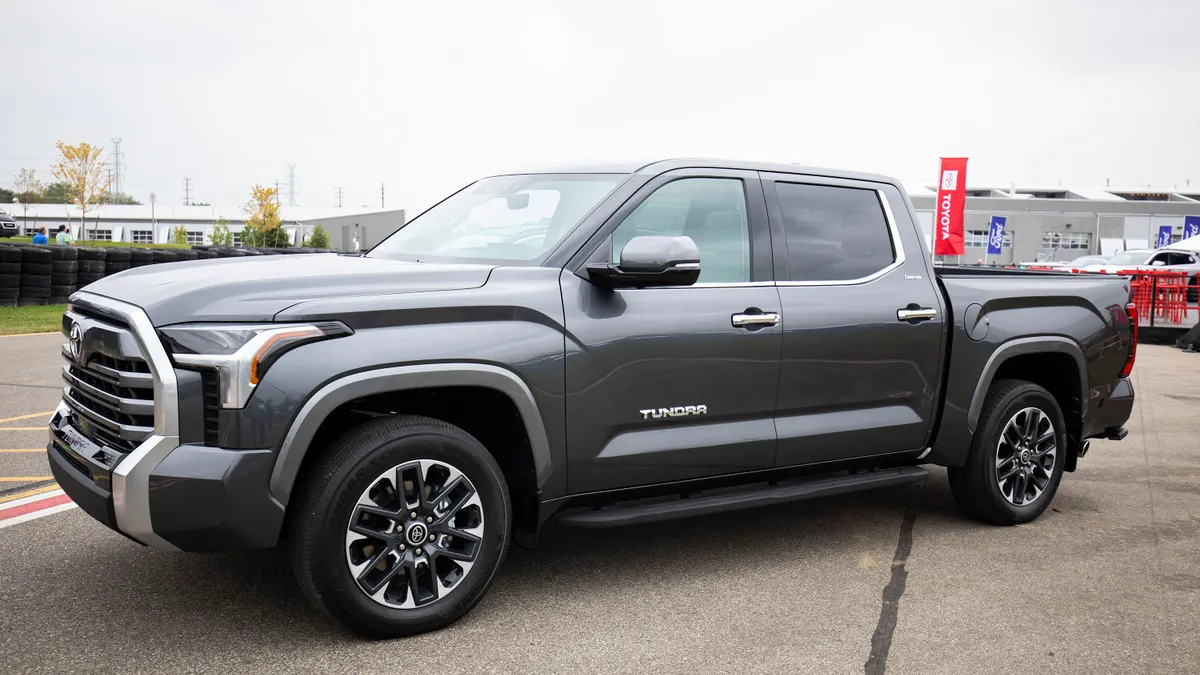Dive Brief:
- The National Highway Traffic Safety Administration proposed a new rule yesterday to lower fatalities and serious injuries incurred by pedestrians when struck by SUVs, pickup trucks, crossovers, vans and other passenger vehicles.
- The proposed rule would establish a new Federal Motor Vehicle Safety Standard, based on test procedures, requiring new passenger vehicles be designed to reduce the risk of serious and fatal injuries to children and adults in pedestrian collisions.
- According to NHTSA, 88% of pedestrian deaths in 2022 were due to single-vehicle crashes, with trucks, SUVs, crossovers and vans responsible for nearly half of all fatalities.
Dive Insight:
The number of pedestrians killed each year in the United States rose 77% from 2010 to 2021. Pickup trucks, SUVs and vans accounted for a higher percentage of pedestrian deaths in 2022 than in 2012, according to a June report from the Governors Highway Safety Association. A Smart Cities Dive investigation last year found that Black and African American pedestrians are nearly twice as likely to be killed as White pedestrians, with Hispanic or Latino pedestrians 38% more at risk of death than White pedestrians, largely due to neighborhood-level inequities.
“We have a crisis of roadway deaths, and it’s even worse among vulnerable road users like pedestrians,” said NHTSA Deputy Administrator Sophie Shulman in a statement. “This proposed rule will ensure that vehicles will be designed to protect those inside and outside from serious injury or death.”
Most pedestrians are struck by the front of a vehicle, according to the Insurance Institute for Highway Safety. When someone is hit by a taller vehicle with a more pronounced vertical front end, the victim is more likely to be knocked down and run over, IIHS says. Vehicles with hood heights greater than 40 inches above ground were 45% more likely to cause pedestrian deaths, compared with vehicles having hood heights lower than 30 inches and designed with sloped front ends, the safety group says.
NHTSA estimates that the proposed rule would save 67 lives each year. The agency will accept public comment for 60 days following publication of the rule in the federal register.













